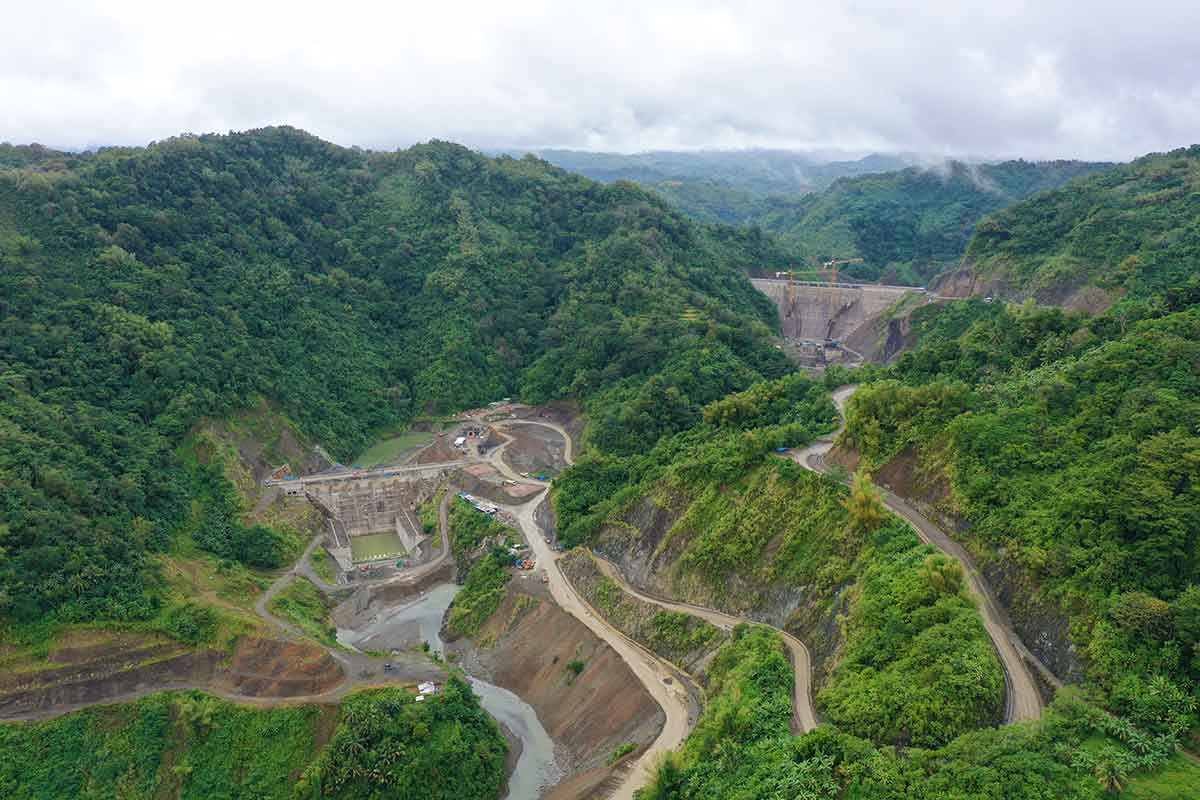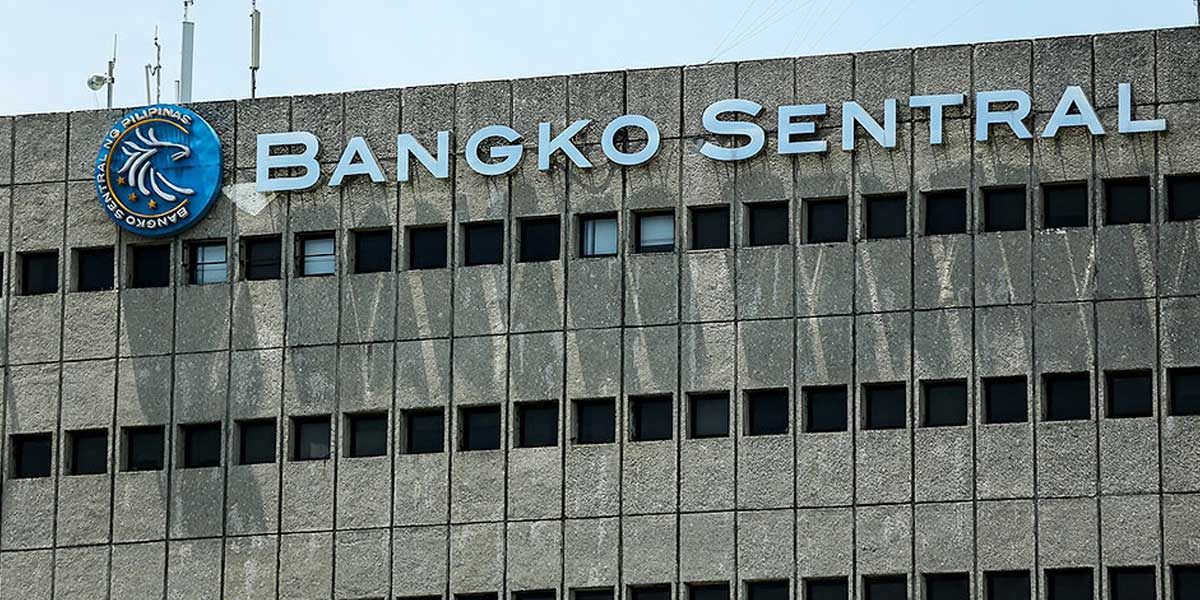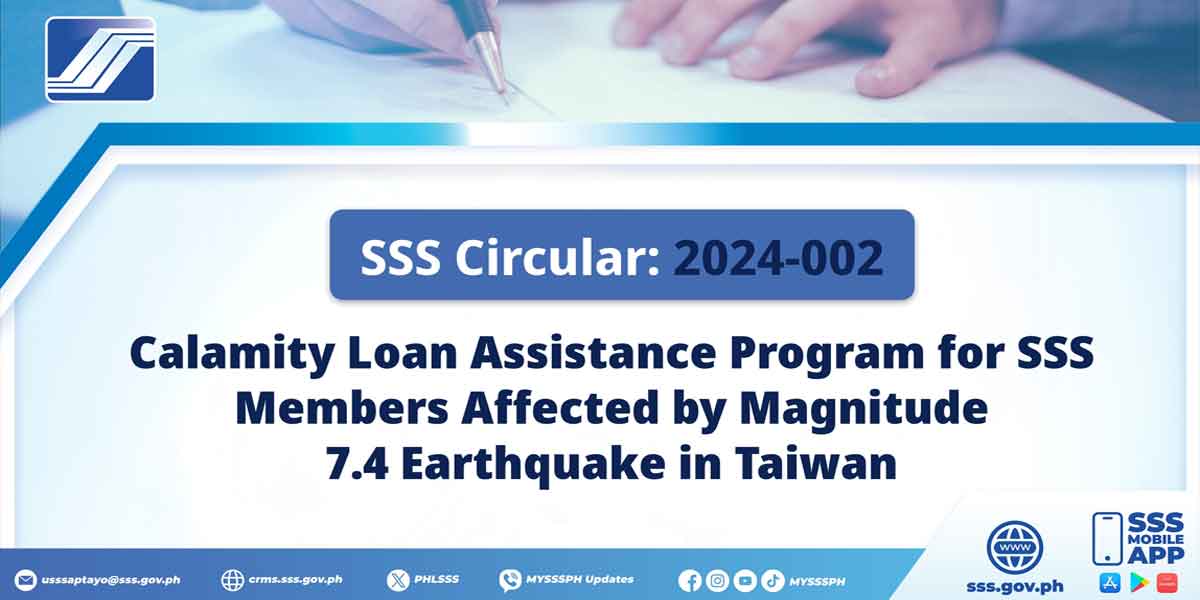
By Joseph Bernard A. Marzan
The National Irrigation Administration (NIA) Region 6 is confident that with only the irrigation components underway, the Jalaur River Multipurpose Project Phase II (JRMP II) will be fully operational by the end of 2025.
Steve Cordero, JRMP II Watershed Management Chief, said these irrigation components include three major parts: the Highline Canal, the main and lateral irrigation canals, and the existing national irrigation systems.
The 80-kilometer Highline Canal will convey water from the 38.5-meter Jalaur Afterbay Dam in Calinog down to Tigbauan and will generate 9,500 hectares of new irrigation areas.
The new main and lateral irrigation canals will convey water from the Highline Canal to the main farm ditches and beneficiaries’ farmlands, and augment the existing national irrigation systems.
As of April 2024, the JRMP II was at 74.45 percent overall physical accomplishment and 70.33 percent overall financial accomplishment.
Structural components, including the Afterbay Dam, the 109-meter Jalaur High Dam, and the 10-meter Alibunan River Catch Dam, have all been substantially completed, according to Cordero.
“We hope to complete all facilities before that time [end of 2025] so that we can immediately start the operation of the project,” Cordero said.
He said that increased rice production would be assured across 31,840 hectares, which would be provided with a year-round water supply, including the new irrigation areas that are currently rain-fed.
He added that the project would support the growth of the city and province of Iloilo and even enable rice exports with the new Visayas Container Terminal in Iloilo City. It would also ensure sufficient water during dry seasons, preventing another shortage similar to the current El Niño situation.
“Based on our feasibility study, if we are able to provide a year-round supply of water to these farmlands, we will be able to increase rice production in the service area of NIA by around 71 percent,” he said.
“During the conduct of the study, these areas in [Iloilo] province are producing 197,000 metric tons of rice annually, but with the operation of the [JRMP II], we can double this to around 330,000 metric tons per year,” he added.
Additional components still in the works include a bulk water component that would provide 86.4 million liters per day, with a tapping point in Cabatuan town’s Tabucan village, and a hydroelectric power component that would provide 6.6 megawatts with the powerhouse to be located along the high dam.
These components would be operated through a public-private partnership, which would be bid at the NIA’s central office in Quezon City.




















